-
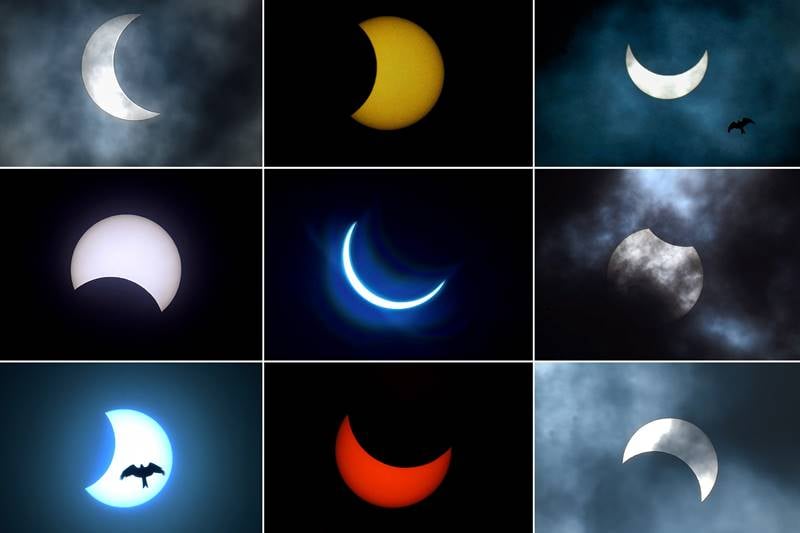
The sun appeared as a ring of fire on Sunday in an annular solar eclipse, fascinating skygazers in parts of India but disappointing many for whom the celestial event was obscured by cloudy skies. Solar eclipses occur when the moon casts its shadow on the sun. In an annular eclipse, the three bodies are aligned in a manner that the sun appears only as a slim circle of light for a while. The eclipse, beginning and ending with a partial phase, lasted from 9.16 am to 3.04 pm, across regions. Let us take a look at some of the images:
-

Chennai: An eagle flying in the sky is silhouetted during the solar eclipse, in Chennai. (PTI Photo)
-
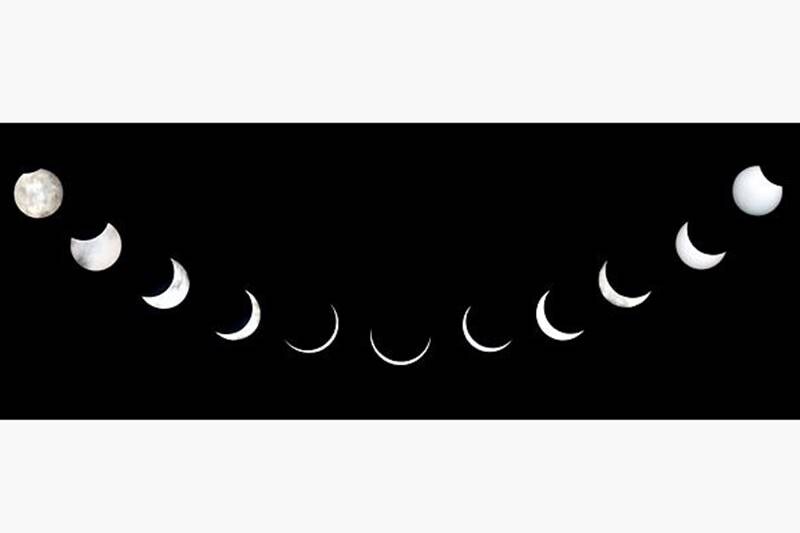
New Delhi: This combo picture shows various phases of the solar eclipse as seen in the sky from New Delhi. (PTI Photo)
-

New Delhi: A view of the solar eclipse as seen in the sky from New Delhi. (PTI Photo)
-

Ring of fire is seen during the solar eclipse at Budai township, Chiayi county, Taiwan. (Reuters Photo)
-

Jaipur: A view of the solar eclipse as seen in the sky from Hawa Mahal, in Jaipur. (PTI Photo)
-
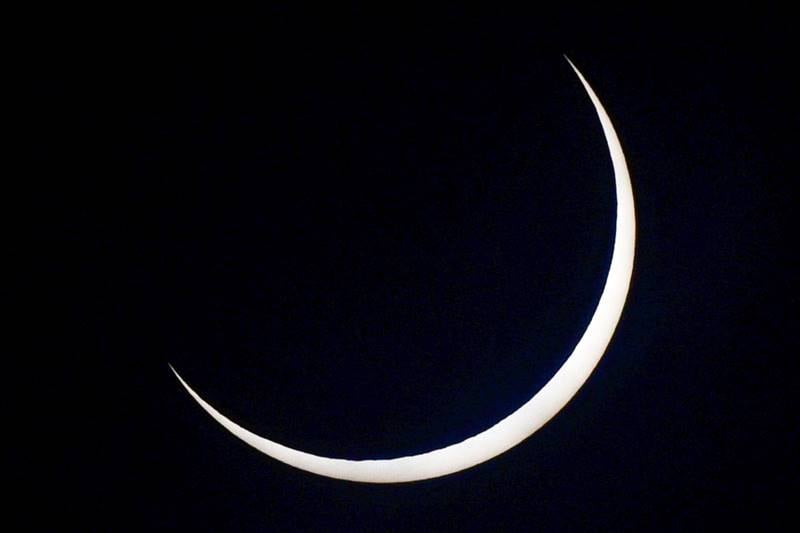
The ring of fire was clearly visible in Dehradun and Tehri in Uttarakhand, where the monsoon is likely to arrive on Monday, and in Sriganganagar district of the desert-state Rajasthan, where it will reach later in the week. (PTI Photo)
-
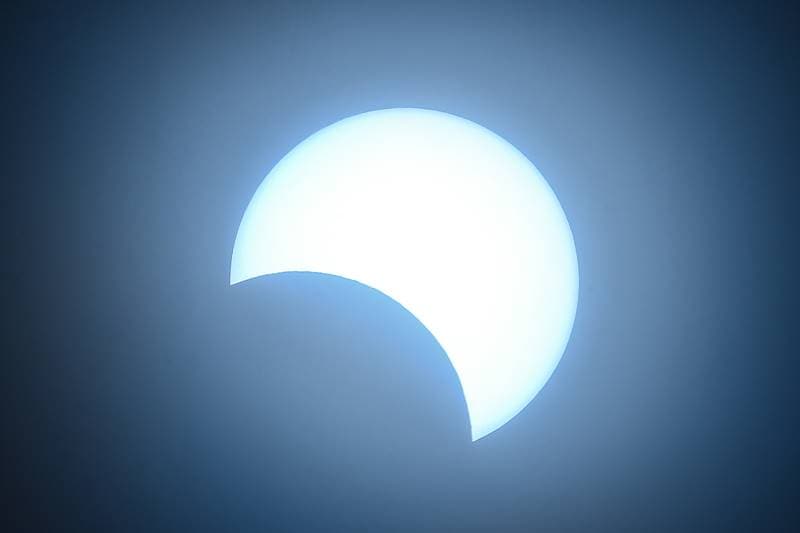
Chennai: A view of the solar eclipse as seen in the sky from Chennai. (PTI Photo)
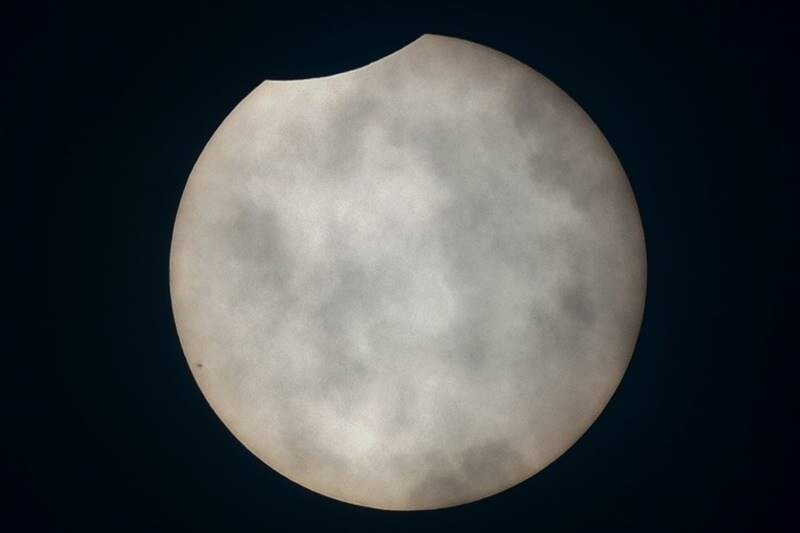
An annular solar eclipse will occur when the angular diameter of the Moon falls short of that of the Sun so that it cannot cover up the latter completely. As a result, a ring of the Sun's disk remains visible around the Moon. This gives an image of a ring of fire. (PTI Photo) -
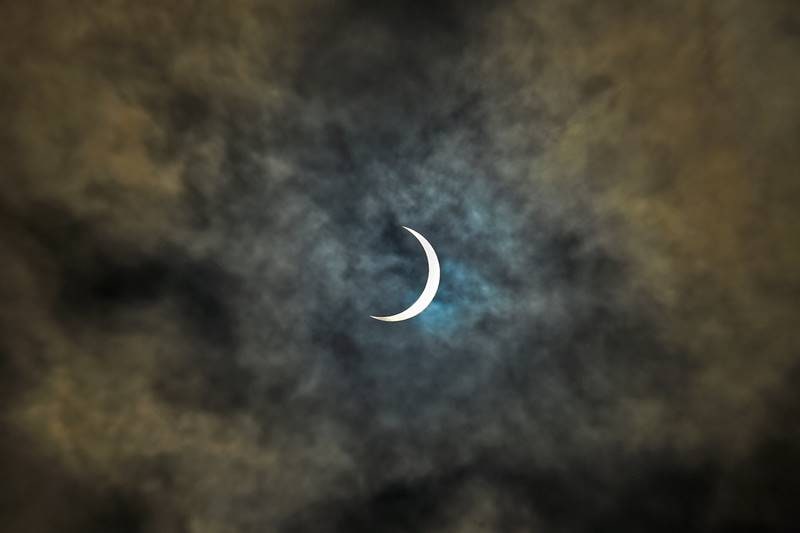
At many places, people failed to penetrate the cumulonimbus clouds to see the spectacular celestial event, when the moon covered most — but not all — of the Sun, creating a ring of fire. (PTI Photo)
-
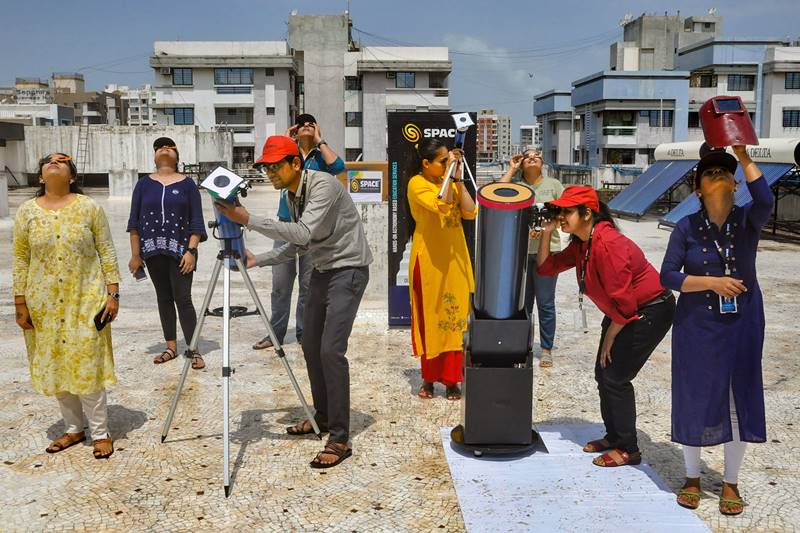
Enthusiasts, equipped with protective eye gear, gathered on the terraces and in other open spaces to take a look as the moon cast its shadow over the sun. (PTI Photo)
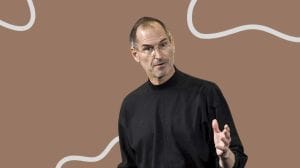
Steve Jobs’ 10-minute rule which made him smarter, approved by a Cambridge neuroscientist






